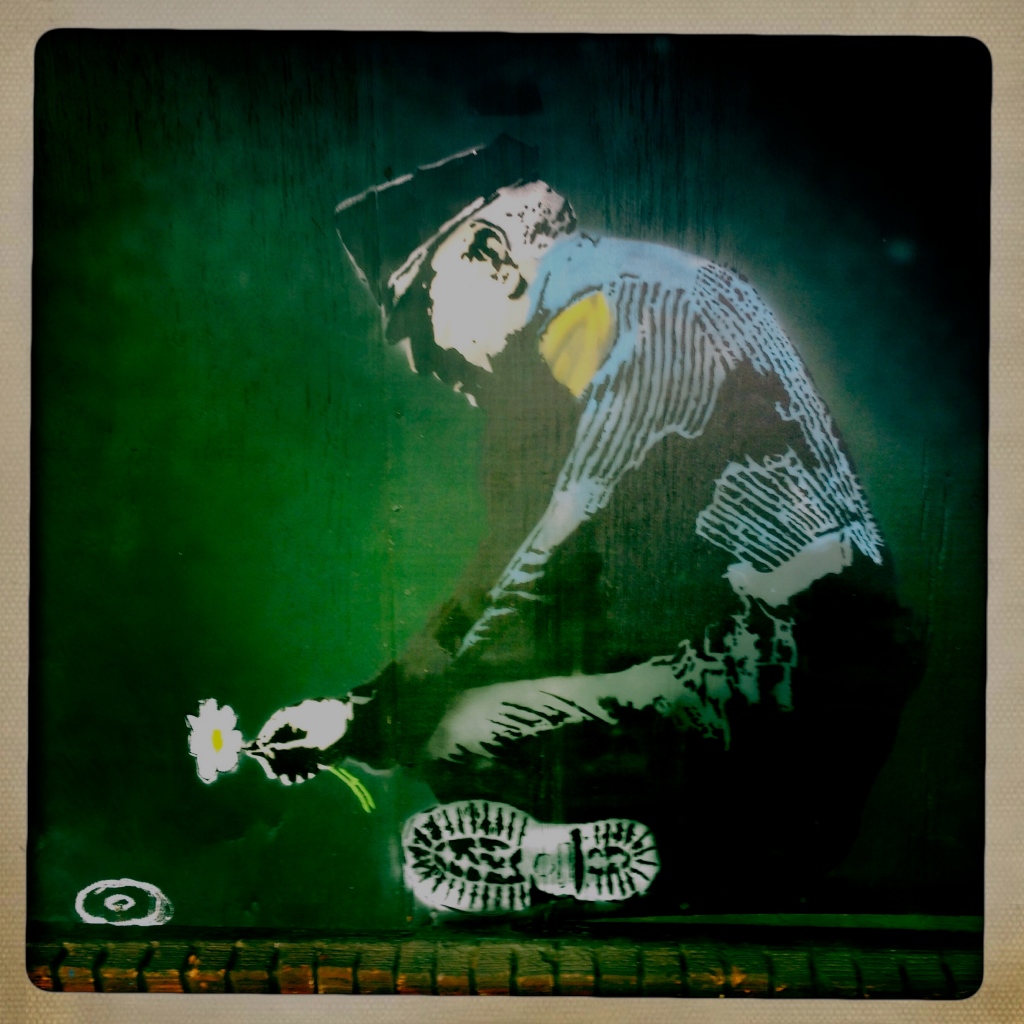 Priest Police. Mobile. 2013. Priest (photo credit: Karen B. Golightly)
Priest Police. Mobile. 2013. Priest (photo credit: Karen B. Golightly)
Brian Catling’s THE STUMBLING BLOCK, ITS INDEX
Review by Arkava Das
“But take care that this liberty of yours does not somehow become a stumbling block to the weak.”
(1 Corinthians 8:9)
Sometimes a book sneaks up on you like an informant. Riverine sounds of what might be there, thoughts on what lies ahead or around you. Before you know it, you are soaked by rumors of the book, what people have to say about it in the few articles you manage to seek out, hoarding the few pages you see of it in an anthology. Then you forget it because it is impossible to find. Years later, when you come across it, maybe thanks to a friend who sends it your way, you are scared to look into it, remembering Maurice Blanchot, “As if the [stumbling] outside of him could only henceforth collide with the [stumbling] in him.”
What drew me to The Stumbling Block, It’s Index in the first place had little to do with the rarefied atmosphere it keeps itself in. I had come across it in the Keith Tuma anthology, been fascinated by the accessibility of the work, and found it working with meaning and language in ways, which my vague impressions of Charles Sanders Pierce had not prepared me for. This was not poetry with a code arriving in bits and pieces, but a steady wind that spoke its thoughts clearly, a long gallery of paintings you walked past by yourself. Made over in your own image. Bringing things to life. So that the plastic you swipe, the shop windows you walk past, the hungry faces that stare back at you hemmed in by newsprint and statistics, everything is animated, put into action, not by an act of naming the particular creatures and situations around us, but by a pointing, an invitation to see.
The Stumbling Block is taller than my palm. A centimeter deep. If you don’t go looking for it, it’s hardly there. A plain black exterior. You expect to write in it, not find writing already there. But it does not disappoint.
“The Stumbling Block is a graphite font. This black plinth was once a brush or similar terminal that was the lips of an intense electrical arc. Industries proud and violent need spoke through it to turn the wheel or smelt and cast the constructed challenge. Now abandoned it finds benediction in seclusion. It has softened its mouth to hold water, so that small animals and disjointed humans may drink or sign themselves in their passage.”
(Brian Catling, The Stumbling Block, Its Index, Book Works, London, 1990)
